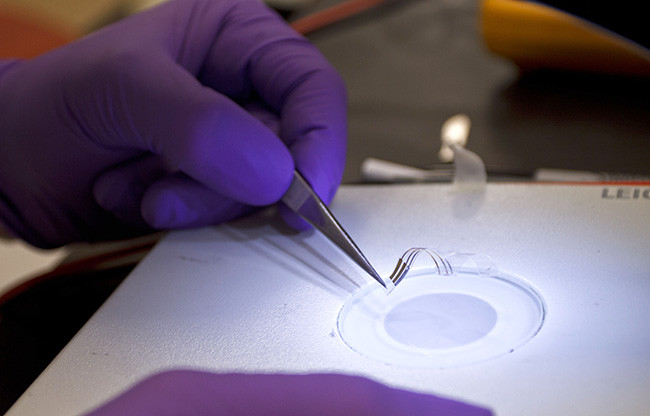What is the future of the university? The modern university system, created in the late 19th century and developed across the 20th century, was built upon the notion of disciplinarity. Today the social, epistemological, and technological conditions that supported the disciplinary pursuit of knowledge are coming to an end. Knowledge production has itself become unsustainable: we are drowning in knowledge even as new PhDs cannot find work. Sustainable Knowledge explores these questions and offers a new account of what is at stake in talk about ‘interdisciplinarity’…
Learn more via Sustainable Knowledge by Robert Frodeman








